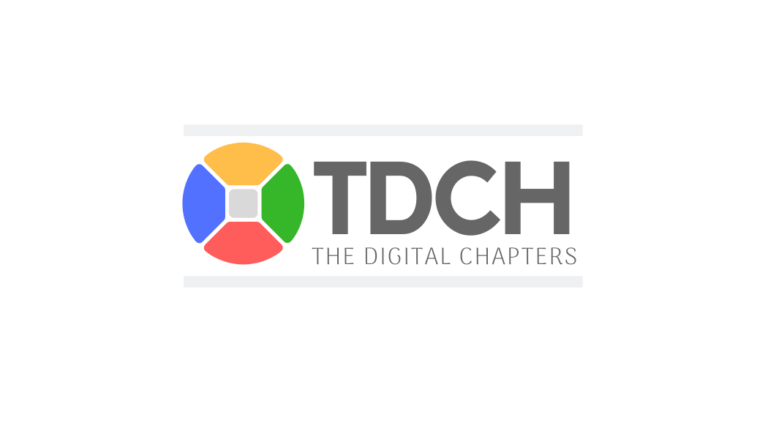Native Advertisement An Introduction
Client’s preferences, choices and priorities are changing rapidly as the entire world is facing the pandemic COVID-19. In this situation, brands must also show some sensitivity towards consumers as to what their requirements are and to offer them the best deal of all time.
Brands should start thinking precisely about how to engage consumers in a relevant manner as it is the only way to increase conversion rate while building trust to have customer loyalty by your side.
All through the day, the audience views information from blogs, news channels, television shows, social media channels, and other channels.
All these platforms are the base for native ad placements. That is why the native industry can be a bit intricate. Brands have a clear understanding that they need to strengthen their presence on digital platforms to reach their target audience. It is so, because maximum consumers and prospects spare time online.
What Is Native Advertising?
Native advertising is the kind of paid advertisement which is relevant to the nature and operations of the platforms on which it displays. This is the definition according to the Native Advertising Institute.
“A form of paid media where the ad experience follows the natural form and function of the user experience in which it is placed.”– Sharethrough
The ad publisher has complete control over it and he/she is responsible for rendering the advertisement unlike outdoor ads. The native advertisement looks like an editorial instead of an advertisement.
For example, a native ad is likely to be displayed as an article on your news feed on Facebook or as a news feed on any other platform you use.
Types of Native Advertising

There are six types of advertising according to the Interactive Advertising Bureau i.e. IAB:
- Paid search – These ads display on the top of the news feed and look similar to the Google search results.
- In-feed – These types of native advertising appear in the format of an article or blog post.
- Recommendation widgets – These advertisements appear on a publisher’s webpage and display recommended content or products which are relevant to the users who are already using them.
- In-Ad – These native elements are similar to regular or traditional ads but they are relevant in the context of the target audience.
- Custom ads – These ads are displayed within your application interface like a new filter in Snapchat.
- Promoted listings – This type of native advertising is referred to as sponsored content. The promoted listings are curated to be a part of a seamless browsing experience.
According to the Sharethrough reports, native ads have 53% greater views in comparison to the traditional display ads. This also increases the buying intent of the prospect or the consumers by 18%.
In 2019, in the United States, two-thirds of all displays spent $44 billion on native advertising. It accumulated for 61% of total digital display ad spending.

Is Native Advertising Programmatic?
It all depends on brands if they wish to use native advertising programmatic processes.
Programmatic is an automated method to purchase advertising space. Programmatic marketing makes use of real-time systems, rules, and algorithms to automate either targeted placements or ads themselves.
Programmatic native advertising boosts brand presence by leveraging machine learning and contextual signals to personalize ads by placing them at the right place to reach the target audience while considering their buying preference.
However, it should be noted that all native advertising is not programmatic.
Is Google Display Native Advertising?
The answer is Yes.
Google Display & Video 360 has native creative formats which can be integrated into a display campaign. The native creative has the potential to target:
- App install from Google Play Store or Apple App Store
- Site creative it can be square or rectangular display format
- Video
The native creative is a log of assets and it can comprise elements such as an image or video, headline, body text, call to action, logo or advertiser name.
Building Trust & Engagement in Uncertain Times
This is the toughest thing in the modern time as brands need to work harder to build trust amongst consumers by showing how their products or services can be of use.
Consumers are now more aware of data privacy and the latest global events weigh to more intricacies such as the consumer-brand dynamic, delivering targeted, reliable and content relevancy are the few important stages of strategy for the growth of the business.
Think precisely while designing images and curating copy in the present time to make it more attractive for the users.
Begin your journey with the aim to win trust and then everything will fall into its place.
By using native advertising you can build long-term and loyal connections with consumers. You can also increase conversion rate, goodwill in the market, relevance, and consistency during unfortunate times.

